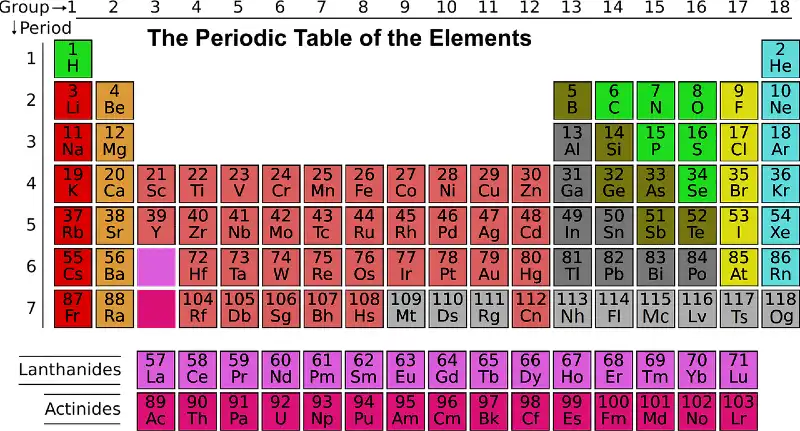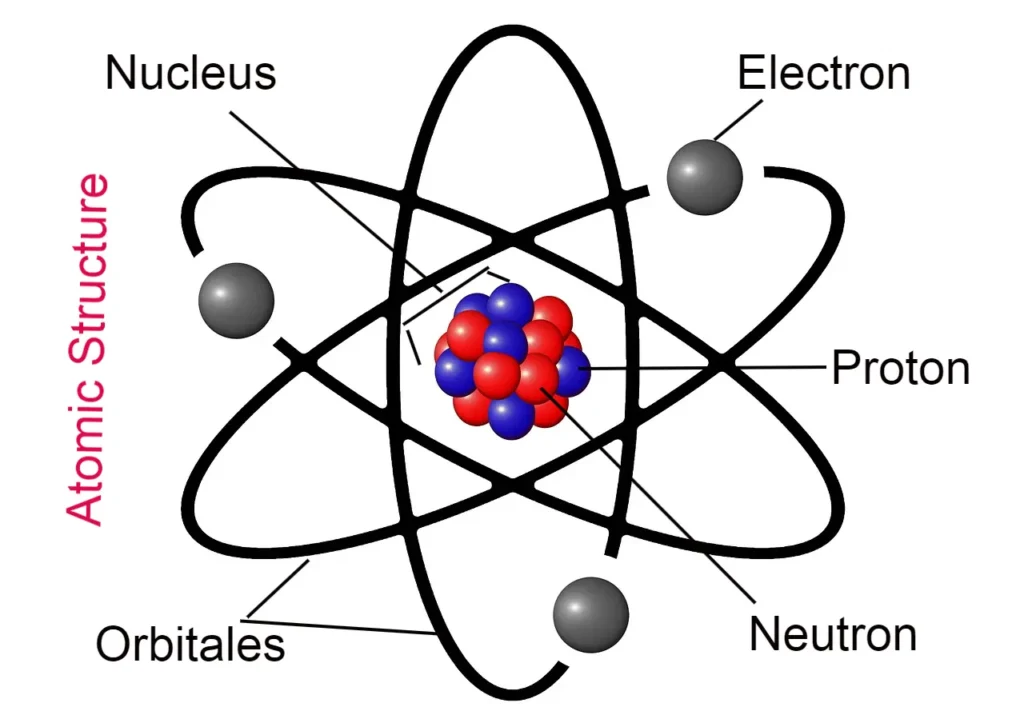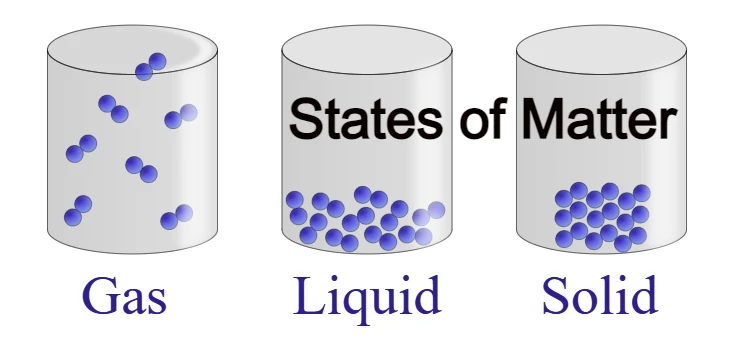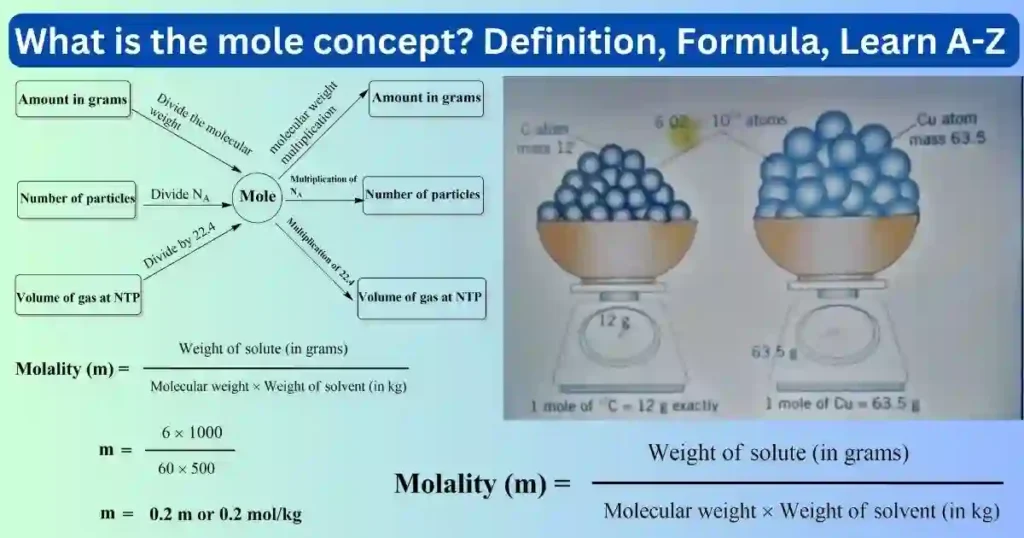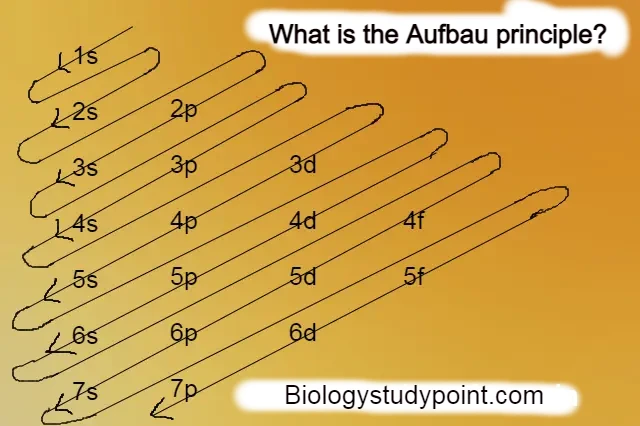Hello friends, welcome to our new article, friends, today we will know in detail about the periodic table. In this post, step-by-step information about the periodic table is given in very easy language, so let’s start without delay.
What is the periodic table?
Periodic Table –
The classification was considered necessary for the systematic and systematic study of elements. Classification refers to elements having similar chemical properties. He should be kept in the same group.
Now 118 elements have been discovered. Out of these, 92 elements are found in the free state in nature and the remaining elements have been prepared by scientists by artificial methods.
Development of Periodic Table –
The following scientists presented their opinion about the progress of the periodic table:
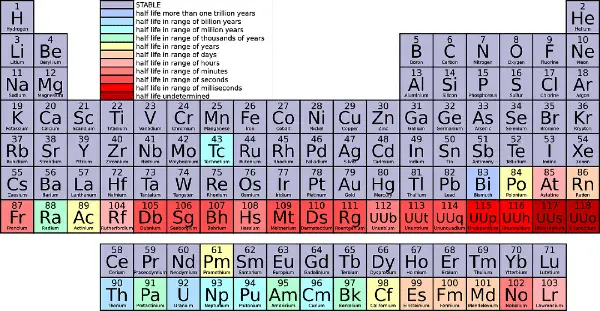
Berzelius –
The scientist named Berzelius first classified the elements into metals and non-metals on the basis of the properties of the elements. But this classification did not prove to be very useful, due to the following reasons.
Both graphite and iodine are non-metals, but still have a metallic luster. Mercury is a liquid at ordinary temperature, but it is also placed in the metal group. Although graphite and hydrogen are non-metals, they are good conductors of electricity.
Proust’s Hypothesis –
According to Proust, each is made up of hydrogen atoms. Hence they are related to each other by atomic mass. The atomic mass of an element remains unchanged even after a chemical reaction. That is why he determined atomic mass as the fundamental property of the elements.
Dobereiner’s Triads –
He arranged the elements with common properties in the increasing order of their atomic masses and stated that the atomic mass of the middle element is equal to the arithmetic mean of the atomic masses of the first and third elements.
Example –
| Element | Li | Na | K |
| Atomic mass | 7 | 23 | 39 |
| Arithmetic Mean = 7+39/2 = 23 |
Duma’s Homologous Series –
There is a homogeneous series-value relationship in the atomic masses of the elements, this is Duma’s homogeneous series.
N = 14 = a
P = 31 = 14+17 = a+b
As = 75 = 14+17+44 = a+b+c
sb = 199 = 14+17+75+2*44 = a+b+2c
Bi = 207 = 14+17+4*44 = a+b+4c
Newland’s Octaves Law –
A scientist named Newland classified the elements on the basis of music. This is the first proposal of the periodic table, he arranged the atomic masses of the elements in increasing order. He saw that the first element shows similarity in properties with the eighth element.
| सा (Sa) | रे (Re) | गा (Ga) | मा (Ma) | पा (Pa) | धा (Dha) | नी (Nee) |
| LI | Be | B | C | N | O | F |
| Na | Mg | Al | Si | P | S | Cl |
| K | Ca | Ga | Ge | As | Se | Br |
| Rb | Sr | In | Sn | Sb | Te | I |
| Cs | Ba | Tl | Pb | Bi | Po | At |
| Fr | Ra |
Lother Mayer’s Curves –
Properties of Mendeleev’s Periodic Table –
Following are the main features of Mendeleev’s periodic table.
Facilitation in the study of elements –
The 63 elements known at the time of Mendeleev were divided into 9 Groups. Due to this by studying the new elements, some information is obtained about all the remaining elements. This facilitated the study of elements.
In search of new elements –
Mendeleev had left some blanks in his original periodic table. And predicted the names and properties of some new elements. This facilitated the discovery of new elements.
Error in the correction of absolute atomic weight –
Mendeleev’s periodic table revised the atomic weights of some elements, such as the absolute atomic weight of Be (Beryllium) in 1869 is considered to be 13.5, but according to Mendeleev’s periodic table, the atomic weight of Be was determined to be 9.4.
Defects of Mendeleev’s periodic table –
Following are the major defects in Mendeleev’s periodic table.
- The position of hydrogen in the periodic table is uncertain. The properties of hydrogen are similar to group IA (First A). Therefore it is placed in the IA group, while its properties are similar to that of halogens, so hydrogen is also placed in the VII A group.
- In Mendeleev’s periodic table, the atomic masses of cobalt and nickel were arranged as 59. But it was verified by experiments that the atomic mass of cobalt was found to be 58.93 and that of nickel was found to be 58.71. which shows the decreasing order of atomic mass. Whereas Mendeleev’s periodic table is arranged in increasing order of atomic mass.
- The noble gases lanthanide and actinide elements are not given a proper place in the periodic table.
- After the discovery of isotopes and isobars, it became clear that the fundamental property of elements is the atomic number and not the atomic mass.
What is the Modern Periodic Table?
Modern Period Law –
After the discovery of radioactivity isotopes and isotopes etc., a scientist named Moseley proved that the fundamental property of elements is the atomic number. not atomic mass This type of law is called the modern periodic law.
According to the modern periodic law, the physical properties and chemical properties of elements are periodic functions of their atomic numbers. It is also called Mendeleev’s modern periodic table.
How was Mendeleev’s periodic table arranged?
Mendeleev’s Modern Periodic Table –
In 1963, a scientist named Mendeleev arranged the elements in the increasing order of their atomic numbers. As a result, a new table is created. Which is called Mendeleev’s modern periodic table.
Following are the features of Mendeleev’s modern periodic table.
Mendeleev’s periodic table is divided into horizontal rows and vertical columns. These horizontal lines are called periods, And the vertical columns are called groups.
Period –
A total of seven periods have been made in Mendeleev’s modern periodic table. These periods are made up of 10 horizontal rows called series.
The first, second, third, and seventh periods are made up of one horizontal row and the fourth, fifth, and sixth periods are made up of two horizontal rows.
The two horizontal rows of the fourth, fifth, and sixth periods are called an even series and an odd series, respectively.
The first period is called the very short period in which 2 elements are kept.
The second and third periods are called short periods in which 8 – 8 elements have been kept.
The fourth and fifth periods are called long periods. In which 18 – 18 elements have been kept, the sixth period is called the very long period. In which a total of 32 elements have been kept. Of these, 14 elements are placed in a series outside the periodic table (from atomic numbers 58 to 71). which is called the lanthanide series.
The seventh period is called the ultralong period in which 28 elements are kept. Of these, 14 elements (atomic numbers 90 to 103) are placed in a series outside the periodic table. called the actinide series.
Group or class –
Mendeleev’s modern periodic table contains the total number of groups that have been made I, II, III, IV, V, VI, VII, and VIII, and zero groups respectively. Except for the zero and the eighth class, all the remaining classes are divided into two subclasses. Which are called subclass A and subclass B.
Typical Element –
In Mendeleev’s modern periodic table, only the elements of the second period and the third period are called representative elements. These elements ideally represent other elements present in their own classes.
| I-A | II-A | III-A | IV-A | V-A | VI-A | VII-A | |
| Period II – | Li | Be | B | C | N | O | F |
| Period III – | Na | Mg | Al | Si | P | S | Cl |
For example, Li and Na are the typical elements of the first IA group, similarly, Be and Mg are the representative elements of the IIA group. Similarly, the other is representative of each other.
Diagonal relation –
Elements of the second-period show similarity in properties to those elements of the third period which are diagonally oriented from each other.
For example, the lithium of the II period shows similarity in properties to the magnesium of the III period.
| I-A | II-A | III-A | IV-A | V-A | VI-A | VII-A | |
| Period II – | Li | Be | B | C | N | O | F |
| Period III – | Na | Mg | Al | Si | P | S | Cl |
The similarity in properties of Li and Mg –
Li and Mg show diagonal relationships with each other, having similar properties as follows.
Lithium nitrate (LiNO3) and magnesium nitrate both produce oxygen gas on heating.
Example –
2LiNO3 ………………. Li2O + 2NO2 + 1/2O2
Mg(NO3)2 ………………….. MgO + 2NO2 + 1/2O2
Lithium carbonate (Li2CO3) and magnesium carbonate (MgCO3) on heating form carbon dioxide gas.
2LiOH ——————– Li2O + H2O
Mg(OH)2 —————- MgO + H2O
Lithium hydroxide (LiOH) and magnesium Mg(OH)2 are heated to form water.
2LiOH ——————– Li2O + H2O
Mg(OH)2 —————- MgO + H2O
Both lithium and magnesium combine directly with nitrogen to form nitrides.
6Li + N2 ————– 2Li3N
3Mg + N2 ————— Mg3N2
Bridge Element –
Elements from group I to group III of the third period are called bridge elements. These elements act as a bridge between the elements of the subclasses of the elements of their class, this element is similar in properties to the elements of both subclasses.
Normal Element –
Those elements whose properties are more similar to bridge elements. So such elements are called normal elements. In Mendeleev’s modern periodic table, all subgroup A elements are called Normal elements.
Transition Element –
Those elements whose properties have less resemblance to the dharma bridge elements. So such elements are called transition elements. In Mendeleev’s modern periodic table, all the subgroup B elements are called transition elements. The seventh square is also placed in the transition element.
Inner Transition Element –
Elements up to atomic numbers 57 – 71 are placed in a series outside the periodic table. which is called the lanthanide series. Elements of this category have similar properties. Elements found in the lanthanide series are called rare earth metals.
Similarly, elements from atomic numbers 90 to 103 are called actinide series elements. Elements of this category have similar properties.
The elements of the lanthanide series and the elements of the actinide series are collectively called internal transition elements.
Longterm or Extended form of Periodic Table –
After Moselle’s modern periodic table, a scientist named Bohr established a close relationship between the electronic configuration of the elements and their physical properties and chemical properties. He told that the elements whose outer shells have the same electronic configuration. Similarities are found in the properties of those elements.
Scientists named Rang Warner and Bury constructed a new periodic table by taking the electronic configuration of the elements as the basis. Which is called the Long-term or Extended form of the periodic table. It is also called Bohr’s periodic table because it is based on Bohr’s electronic configuration.
“In fact, the Elliptical Periodic Table is a modified form of Mendeleev’s periodic table.”
Group –
The total number of groups in the long periodic table is 9. Except for the zero group and the eighth group, all the remaining classes are divided into two subclasses.
- Elements from I-A subclass to the VII-A subclass are called normal elements.
- Elements from the I-B subgroup to the VII-B subgroup and the eighth group are called transition elements.
Inert gases or noble gases are placed in the zero class.
Period –
In the long periodic table, 7 periods have been made similar to Mendeleev’s.
Ultimate short period –
The first period is called the ultimate minor period, in which two elements H and He have been kept.
Short period –
The second and third periods are called short periods, in which eight elements have been kept.
Long period –
The fourth and fifth periods are called long periods, in which 18 – 18 elements are kept in the same box.
Very long period –
The sixth period is called the Very long period. There is a total of 32 elements in it. Of these elements, 14 are placed in a series outside the periodic table. called the lanthanide series.
Lanthenoids Series = 58 – 71
Very long period –
The seventh period is also called the Very-long period, this period is the incomplete period. It has a total of 28 elements. Of these, 14 elements are placed in a series called the actinide series. All the elements in this period are radioactive elements.
Actinoids Series = 90 – 103
Features of the long periodic table –
The following are the main features of the long periodic table.
- Since the long periodic table is built on the basis of electronic configuration, it can be easily remembered.
- The long periodic table is divided into four blocks called s, p, d, and f blocks respectively.
- In the long periodic table, subclass A and subclass B were completely separated, which automatically eliminated the defects of elements with the same dissimilar properties.
- Elements of the d block are called transition elements. Transition elements are placed between the s block and the p block.
- In the long periodic table, inert gases are placed in the zero square on the right side of the periodic table.
- The lanthanide and actinide elements are placed outside the periodic table in two categories. which is at the bottom of the periodic table.
4f Series = Lanthenoids Series = 58 – 71
5f Series = Actinoids Series = 90 – 103
S – Block Element –
- Elements whose differential electron enters the s orbital of the last orbital. Such elements are called elements of an s-block.
- Elements of the I-A subgroup and II-A subgroup of the periodic table are called the elements of the s block.
- Elements of the I-A subgroup are called alkali metals. Whereas the elements of the II-A subgroup are called alkaline earth metals.
- The elements of the S-block are collectively called normal elements.
- Alkali metals have 1 electron in their s orbital whereas alkaline earth metals have 2 electrons in their s orbital. H and He elements are also placed in the s block.
Following are the salient features of the elements of the S block.
- Elements in the S block have a certain valency such as the valency of alkali metals Na and K is 1. Whereas alkaline earth metals like Ca and Be have a valency of 2.
- All the elements in the s block are metals except H and He.
- The elements of the s block are Basic.
- The elements of the s block do not form a complex anion.
- The ionization potential of s-block elements does not decrease. This is the reason why they form strong cations.
- Like – Ca+2, Ba+2 etc.
- Elements of the S block form electrically valence compounds.
- The standard electrode potential of the S block elements is negative. This is the reason why the elements of the s block are reactive.
What is a p-block element?
p-block element –
- Elements whose differential electron enters the p orbital of the last shell. So such elements are called elements of the p block.
- In Mendeleev’s original periodic table, the last electron enters the p subshell in elements III-A, IV-A, V-A, VI-A, VII-A, and zero groups. So all these squares are elements of the p block. In zero square p orbitals are completely filled. The elements of the p block are collectively called common elements. The electronic configuration of these elements ranges from ns2, np1 to ns2, np6.
The following are the main characteristics of the elements of the p-block.
- The elements of the P block have definite valencies. Some elements also show altered valency. For example – N, P, the valency of these elements is 3 and 5.
- The elements of the P block are non-metals and metalloids. Some elements are also heavy metals. like Pb and Bi
- Elements of the p block form complex anions. Ex – Co3-2, Po4-3, No3-, So4-2, ClO3-
- The elements of the p block form covalent bonds with each other. But with the elements of s block, they form electrically valence bonds.
- Elements of p block form oxyacids. Eg – H2SO4
What are the elements of the d-block?
Elements of d-Block –
Elements whose differential electron enters the d orbital of the first shell of the last shell. So such elements are called elements of the d block. The last two outer shells of this element are incomplete. The elements of the d block are collectively called transition elements.
In Mendeleev’s periodic table, I-B to VII-B and the eighth group are called transition elements. The electronic configuration of the transition elements ranges from (n-1) ns2 nd1 to (n-1) ns2d10.
Exception – 29 Cu = [Ar], 4s1, 3d10
30 Zn = [Ar], 4s2, 3d10
Exception – 47 Ag = [Kr], 5s1, 4d10
48 Cd = [Kr], 5s2, 4d10
Exception – 79 Au = [Xe], 6s1, 4f14, 5d10
Copper and zinc, silver, cadmium and gold, and mercury have 10 – 10 electrons completely filled in 3d, 4d, and 5d respectively.
These elements should have been placed with common elements based on the electronic configuration. But these are placed in the d block along with the transition elements. Because their properties are similar to those of transition elements.
The following are the main characteristics of transition elements.
- d block elements show altered valency.
- Elements of d block All metals are solid except mercury.
- Elements of d block form colored ions and hybrid compounds.
- The elements of the d block are used as catalysts.
- Elements in the d block have mostly unpaired electrons. Due to this, they exhibit non-magnetic behavior. This property is found maximum in cobalt (Co), nickel (Ni), and iron (Fe).
What is the f block element?
Elements of f-block –
Elements whose differential electron (n-2) enters the f subshell. So such elements are called elements of the f-block. The outer three shells of this element are incomplete.
The elements of the f block are collectively called the Inner Transition Element.
The electronic configuration of f-block elements is (n-2) s2p6d10f14. Internal transition elements are divided into two categories. Which are called lanthanide and actinide series.
4f Series = Lanthenoids Series = 58 – 71
5f Series = Actinoids Series = 90 – 103
The following are the main properties of internal transition elements.
- Inner transition elements show variable valency.
- The inner transition elements are all metals. which are called intrinsic transition metals.
- Inner transition elements also exhibit nonmagnetic behavior.
- Inner transition elements form hybrid ions.
- Elements of f block have the ability to form electrically valence compounds.
What is the atomic radius?
Atomic Radius –
The atomic size of any element is expressed by the atomic radius or atomic ion. The atomic radius of the atom of any element is the distance from the atomic nucleus of its outermost shell to the atomic radius.
The ionic radius of any ion is the distance from the atomic nucleus of that ion to the outermost shell.
Period –
The atomic size decreases along with increasing atomic number as we move from left to right in any period of the periodic table.
The atomic number increases as we move from left to right in a period. Simultaneously, the value of the charges of the nucleus also increases. But the number of shells remains the same.
As the value of the nuclear charges increases, the force of attraction of the nucleus towards the electrons increases. As a result, the electron is pulled toward the nucleus. Due to this, the atomic radius decreases. And the value of atomic size decreases with the increase in atomic number.
Group –
In moving from top to bottom in any group of the periodic table, the value of atomic size increases as the atomic number increases.
The increase in the number of electrons from top to bottom in squares is greater than that of nuclear charges. The effect of increasing the number of electrons is greater than the effect of increasing the number of nuclear charges. Due to this the number of cells increases.
As the number of electrons increases, the force of attraction of the nucleus decreases. As a result, the electron pull is reduced. Due to this the value of atomic size increases. Therefore, as the atomic number increases from top to bottom in the groups, the atomic size also increases.
n = principal quantum number or number of shells as the value of n increases. By the way, the value of atomic size increases.
Example –
11 Na = 1s1, 2s2, 2p6, 3s1
n = 3
19 K = [Ar], 4s1
n = 4
Conclusion –
Friends, now let us see which things we have studied.
- Periodic Table
- Berzelius
- Proust’s Hypothesis
- Dobereiner’s Triads
- Duma’s Homologous Series
- 5- Newland’s Octaves Law
- Lother Mayer’s Curves
- Properties of Mendleff Periodic Table
- Facilitation in the study of the elements.
- In search of new elements.
- Error in the correction of absolute atomic mass.
- Defects of Mendeleev’s periodic table.
- Modern Period Law
- Mendeleff’s Modern Periodic Table
- Features of Mendeleev’s modern periodic table.
- Typical Element or Typical Element
- Diagonal relation
- The similarity in properties of Li and Mg.
- Bridge Element
- Normal Element
- Transition Element
- Inner Transition Element
- Longterm Or Extended form of Periodic Table
- Group
- Period
- The ultimate short period.
- short cycle.
- Long term.
- Very long period
- Characteristics of the long periodic table.
- S – Block Element
- p block element.
- d block elements.
- Elements of the f block.
- Atomic Radius
- Period
- group
Friends, I hope you liked the given information about the periodic table. If you liked this given information. So please share it as much as possible.
Thank you very much
